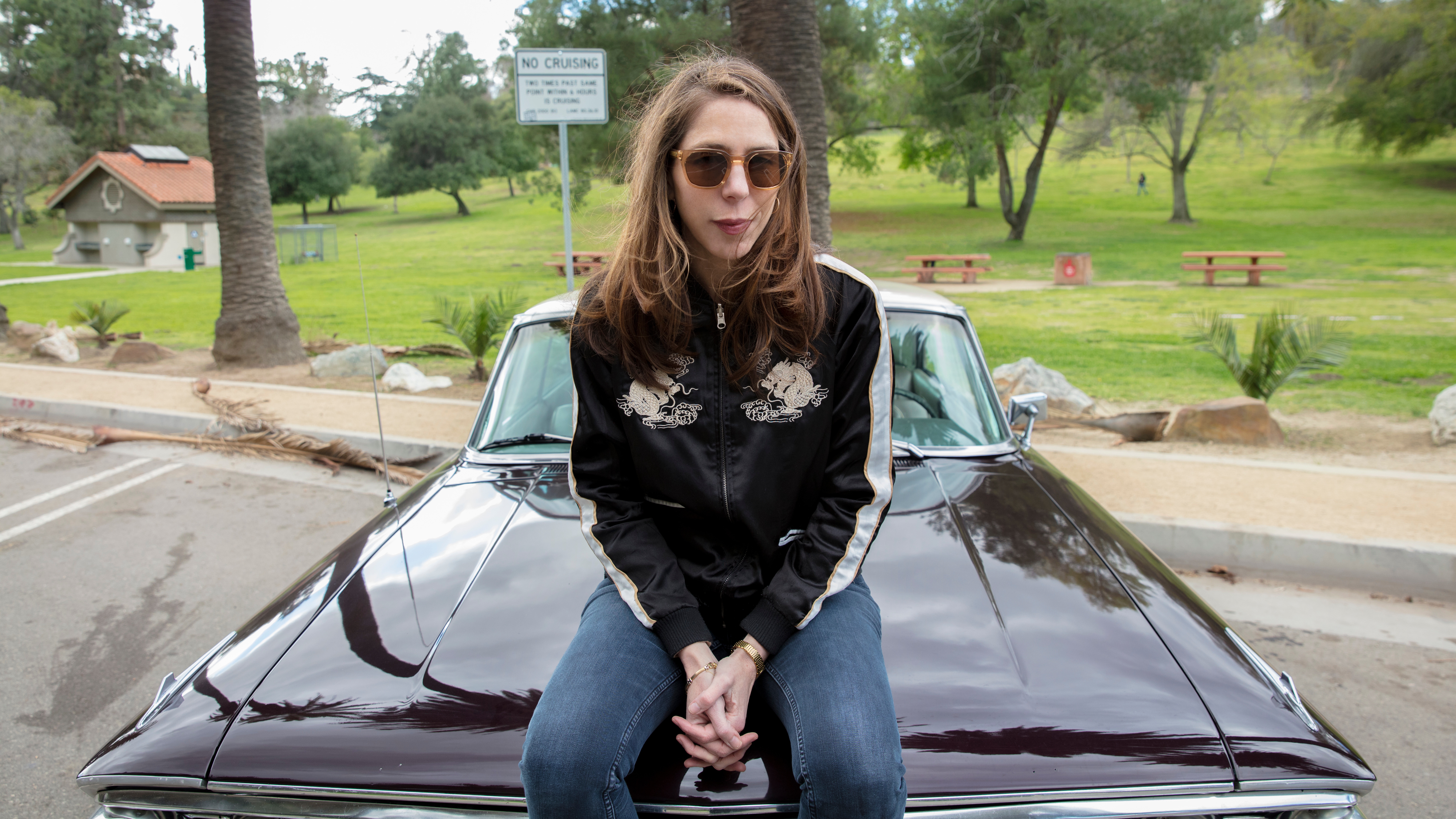The “action poetry” of Rachel Kushner’s The Hard Crowd

There’s a minor character that appears in Rachel Kushner’s The Flamethrowers, one of many artists the novel depicts. But the woman—Giddle, as she’s called—is nothing so recognizable as a sculptor or filmmaker. Rather, her art consists of taking a job as a waitress and becoming “a girl working in a diner, glancing out the windows as she cleaned the counter in small circles with a damp rag.” A cousin to the fictional Giddle is the real-life Johnny Sherrill, a friend of Kushner’s parents who she describes in her essay “Tramping In The Byways” as an “itinerant carouser, joker, drinker, wordsmith, and lady’s man.” Johnny wrote “action poetry,” which could be any number of things, including pissing on someone’s brand-new Cadillac or the time he left a lit joint on the hood of a parked car before going into a Goodwill, then picked it back up and resumed smoking it on his way out. There are those who “possess a talent for life,” Kushner writes, “people who are not seekers of the invisible but embodied creatures whose life is the poem.”
The Hard Crowd, Kushner’s selected essays from 2000 to 2020, which includes “Tramping In The Byways,” confirms her magnetic attraction to such actors. Actors as in doers, specifically those who work boldly on the fringes: avant garde artists, writers with wild lives, nonconformists, labor activists, revolutionaries. She favors incident and anecdote, story and character over mulling and musing. As a statement of purpose, Kushner begins the collection with “Girl On A Motorcycle,” which recounts the spectacular 130-mph motorcycle crash she endured while racing in the now-defunct Cabo 1000 at the age of 23. Over the course of her 20-year career, Kushner has sought out righteous ecstasy, both on the page and off, and the pieces in this collection—whether criticism, journalism, or personal essay—are often appreciations of like-minded people.
The scope of each essay frequently depends on where it was originally published. An exhibit catalog entry makes far different promises than a profile in The New York Times Magazine. Kushner tends to save her flashiest moves for the very end of the more distilled pieces, and condensed to just a sentence or two, as though such stylistic flourish were best deployed quickly. The brevity and daring claims evince a get-in-get-out showmanship more often seen in poetry—that sharp final turn that both expands a poem’s motives and leaves one with the rare feeling of wanting more.
That having been said, some of the collection’s best essays are also the longest, allowing Kushner to stretch out and more fully elucidate the lives and work of her subjects: the prison abolitionist Ruth Wilson Gilmore and late Palestinian organizer Baha Nabata, or writers like Clarice Lispector and Marguerite Duras. One gets the sense that Kushner knows all there is to know about these unconventional individuals—absorbing, as she puts it, “in excess to what is ‘useful’ for a person to remember”—but has enough restraint to reveal only the most interesting parts. Even in the collection’s few personal essays, a form ripe for rumination, Kushner never gives the impression she’s writing to figure out what she thinks. She already knows; the writing is merely her way of letting everyone else know, too.
Digressive rather than meandering, Kushner sometimes loosens the reins to make more associative leaps. In “The Sinking Of The HMS Bounty” and especially the title essay, she takes on the roaming style of Denis Johnson’s The Largesse Of The Sea Maiden (her admiring review of which appears earlier in the collection), letting memories trip off others. Johnson’s influence soaks down into Kushner’s sentences, too. Here she is describing a bar in San Francisco’s Tenderloin: “There was one up the street that had a double bed in the back where a man lay all day like it was his hospice” (emphasis mine).
That final essay, the only new piece of the collection, is Kushner’s own artist’s statement, in the form of a memoir about growing up amid musicians and punks and hustlers in San Francisco. “And even though I stayed out late, was committed to the end, some part of me had left early. To become a writer is to have left early no matter what time you got home,” she writes. Tying together and making explicit all of Kushner’s heady influences, “The Hard Crowd” acts like a code, and coda, to all that came before. It’s an exemplary work of self-mythologizing, but by that point in the book you don’t need it.